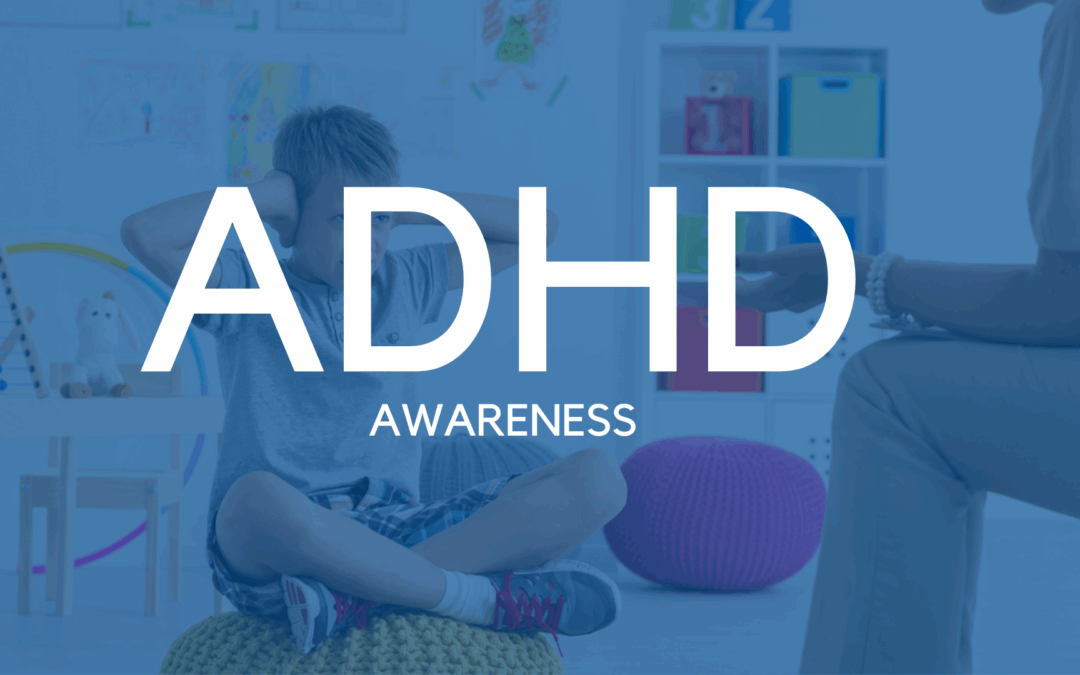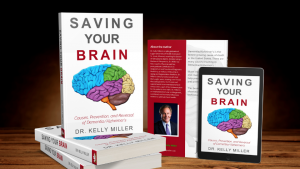October is ADHD Awareness Month—a time to deepen understanding of Attention Deficit Hyperactivity Disorder and move beyond the stigma, confusion, and frustration it often brings. While ADHD is commonly treated with medication to manage symptoms, groundbreaking work by Dr. Kelly Miller at Saving Your Brain focuses instead on identifying and correcting the brain imbalances driving those symptoms.
Rather than asking, “How do we manage ADHD?”, Dr. Miller asks:
“What is the brain trying to tell us, and how do we help it function better?”
Diagnosing the Cause: Imbalances in the Brain
Research shows that ADHD is not a simple matter of “attention” but rather a network disorder involving brain regions responsible for focus, impulse control, emotional regulation, and executive function.
-
Functional Connectivity Studies (fMRI, QEEG) demonstrate differences in activity between the brain’s hemispheres in children with ADHD.
-
These imbalances often stem from delays in neural development—where primitive reflexes remain active beyond infancy and interfere with normal processing.
Dr. Miller’s approach begins with functional brain assessments, looking at how the nervous system, reflexes, and sensory input may be holding back development.
Primitive Reflex Assessment: The Missing Link
Primitive reflexes are automatic movements babies rely on in their first year of life. They should integrate as the brain matures—but if they remain active, they can:
-
Disrupt attention and coordination
-
Trigger anxiety and poor emotional regulation
-
Contribute to reading, writing, and learning struggles
For example:
-
The Moro Reflex (startle reflex) can lead to chronic fight-or-flight activation.
-
The ATNR Reflex (turning head/arm reflex) may cause difficulty tracking words across a page.
At Saving Your Brain, primitive reflex assessments help identify which reflexes remain active, giving a roadmap for targeted brain retraining.
Advanced Technology to Rebalance the Brain
Dr. Miller combines clinical expertise with cutting-edge tools to retrain the brain and restore balance:
-
Laser Therapy (Photobiomodulation)
Research shows low-level laser therapy stimulates microcirculation, reduces inflammation, and activates cellular repair in the nervous system. This helps restore balance in underperforming regions of the brain. -
Neurofeedback & QEEG Brain Mapping
Allows visualization of brainwave activity and training to normalize patterns associated with ADHD, improving focus and emotional regulation. -
RightEye Eye-Tracking Technology
Many children with ADHD have undiagnosed oculomotor dysfunctions—difficulty with eye movements critical for reading and focus. RightEye testing pinpoints these deficits and provides personalized exercises. -
Primitive Reflex Integration Exercises
Custom programs help “retire” reflexes that interfere with learning and behavior, allowing higher brain centers to take over.
Real Results for Children, Teens, and Adults
Dr. Miller has worked with thousands of families, from young children struggling in school to adults frustrated by lifelong attention and focus issues. By addressing root causes rather than symptoms alone, his clients often experience:
-
Improved focus and organization
-
Better reading and comprehension
-
Calmer emotional states
-
Reduced reliance on medication
Safer, Smarter, Root-Cause Solutions
ADHD Awareness Month is an opportunity to reframe the conversation: instead of suppressing symptoms, what if we corrected the imbalances causing them?
Through primitive reflex assessments and advanced tools like laser therapy, brain mapping, and RightEye, Saving Your Brain offers a new level of hope to families seeking lasting solutions.


